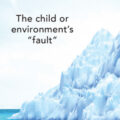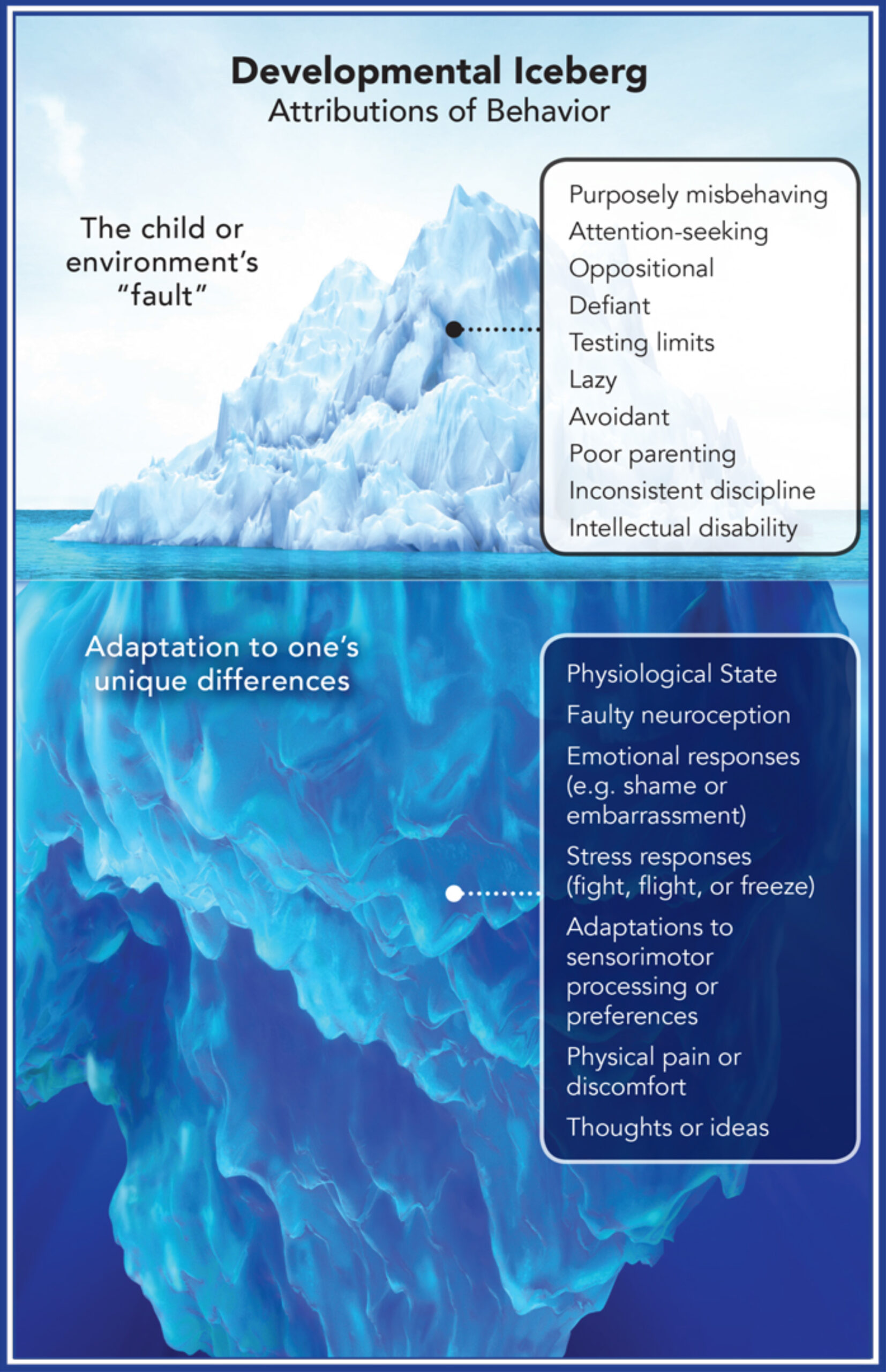 For the past two years, I have been attending a “Parenting in Place” webinar series. One of the presenters was Mona Delahooke, PhD, author of Beyond Behaviors: Using Brain Science and Compassion to Understand and Solve Children’s Behavioral Challenges. She explains that parents and teachers respond to the behaviors they see without an awareness of the underlying, unconscious forces driving some of them. She uses the metaphor of an iceberg to describe this dynamic. We react to what we see (what is above the waterline of the iceberg) and are oblivious to the forces (beneath the water) driving some of them. In her introduction she says, “Too many books about children’s challenging behaviors take a one-size-fits-all approach without consideration for the autonomic state – the brain/body connection.”
For the past two years, I have been attending a “Parenting in Place” webinar series. One of the presenters was Mona Delahooke, PhD, author of Beyond Behaviors: Using Brain Science and Compassion to Understand and Solve Children’s Behavioral Challenges. She explains that parents and teachers respond to the behaviors they see without an awareness of the underlying, unconscious forces driving some of them. She uses the metaphor of an iceberg to describe this dynamic. We react to what we see (what is above the waterline of the iceberg) and are oblivious to the forces (beneath the water) driving some of them. In her introduction she says, “Too many books about children’s challenging behaviors take a one-size-fits-all approach without consideration for the autonomic state – the brain/body connection.”
I have used her concepts, along with the many other resources in my bibliography, to help parents understand, be empathetic with, and not jump to judgment about their kids’ behaviors.
This is compatible what I learned from Tina Payne Bryson, PhD, and Daniel J. Seigel, MD, who, in No-Drama Discipline: The Whole-Brain Way to Calm the Chaos and Nurture Your Child’s Developing Mind, encourage parents and others to be curious about what’s driving kids’ behaviors rather than reacting to them with consequences. They ask parents to ask themselves the why-what-how questions:
- Why did my child act this way?
- What lesson do I want to teach in this moment?
- How can I best teach this lesson?
This is compatible with what I learned years ago from Marshall Rosenberg, PhD, father of Non-violent Communication (NVC) who said that our behaviors are the best strategies we can think of at the time to get our needs met.
Tina Bryson is so taken with Mona Delahooke’s research and book that she requires all her staff at her Center for Connection to read it. Since Tina is one of my heroes (I spent two years in an online training program with her), I decided it would be important for me to become familiar with Beyond Behaviors.
“A NEW approach to solving behavioral challenges.
In Beyond Behaviors, internationally known pediatric psychologist, Dr. Mona Delahooke describes behaviors as the tip of the iceberg, important signals that we should address by seeking to understand a child’s individual differences in the context of relational safety.
Featuring impactful worksheets and charts, this accessible book offers professionals, educators and parents tools and techniques to reduce behavioral challenges and promote psychological resilience and satisfying, secure relationships.”
Beyond Behaviors, by Mona Delahooke, Ph.D. – on Amazon.com
 Kristin Neff’s research and information on self-compassion can be powerful and helpful for all of us. She calls herself a self-compassion evangelist. Her main message, which I’m summarizing in case you don’t have time to listen to her YouTube TEDx talk or read my notes, is that self-criticism activates the body’s defense system, flooding us with stress chemicals. This results in a double whammy – we are the attacker and the attacked. Instead of motivating us, as some erroneously believe, self-criticism actually undermines our motivation.
Kristin Neff’s research and information on self-compassion can be powerful and helpful for all of us. She calls herself a self-compassion evangelist. Her main message, which I’m summarizing in case you don’t have time to listen to her YouTube TEDx talk or read my notes, is that self-criticism activates the body’s defense system, flooding us with stress chemicals. This results in a double whammy – we are the attacker and the attacked. Instead of motivating us, as some erroneously believe, self-criticism actually undermines our motivation. I’m currently in a 9-month, on-line webinar on parenting with Tina Payne Bryson, Ph.D., co-author of The Whole-Brain Child and No-Drama Discipline plus I’m watching some of her DVD’s. The tip I’d like to share with you is her brain-based strategy “Communicate Comfort Rather Than Threat.” She explains that the brain has a threat-detection system in the lower brain from birth. When our children are upset (in their emotional/downstairs brain) and we look down on them, their brain perceives us as threatening. When we get below their eye level, that behavior tells the threat centers of their brain, “I am not under threat. I don’t have to fight, flee or freeze.” She suggests that, once we get below their eye level, all we have to say is, “You’re having such a hard time. I’m right here with you.” And then stay with them until they are calm. While there, we can ask them if they need help calming down.
I’m currently in a 9-month, on-line webinar on parenting with Tina Payne Bryson, Ph.D., co-author of The Whole-Brain Child and No-Drama Discipline plus I’m watching some of her DVD’s. The tip I’d like to share with you is her brain-based strategy “Communicate Comfort Rather Than Threat.” She explains that the brain has a threat-detection system in the lower brain from birth. When our children are upset (in their emotional/downstairs brain) and we look down on them, their brain perceives us as threatening. When we get below their eye level, that behavior tells the threat centers of their brain, “I am not under threat. I don’t have to fight, flee or freeze.” She suggests that, once we get below their eye level, all we have to say is, “You’re having such a hard time. I’m right here with you.” And then stay with them until they are calm. While there, we can ask them if they need help calming down.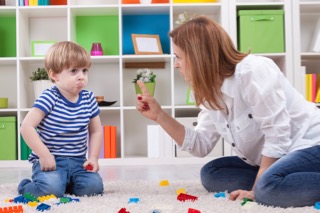
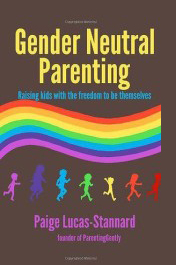 I found this book quite by accident as I was surfing Amazon.com. I found it fascinating and thought-provoking. We all have social biases.
I found this book quite by accident as I was surfing Amazon.com. I found it fascinating and thought-provoking. We all have social biases.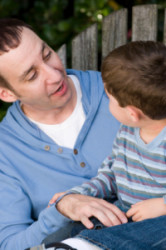 How To Be The Parent You Always Wanted To Be, was released October, 2013.
How To Be The Parent You Always Wanted To Be, was released October, 2013.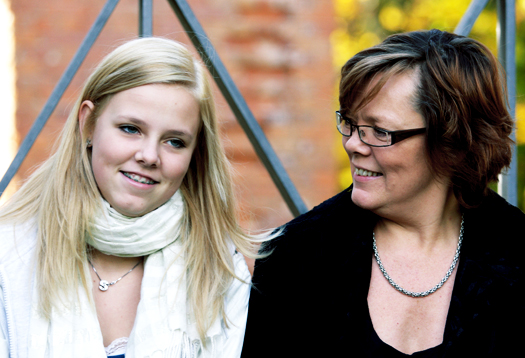 Empathy is the most important parenting skill. Empathy can be thought of as connection or attunement, sensing what our child is feeling and experiencing and being present with them.
Empathy is the most important parenting skill. Empathy can be thought of as connection or attunement, sensing what our child is feeling and experiencing and being present with them.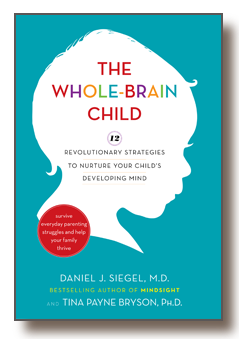 This book, by Daniel Siegel, MD, and Tina Payne Bryson, Ph.D, is a gem of a book I would recommend every parent have as a resource. The 12 strategies are clearly explained with concrete examples and delightful cartoons. One story describes how to help Marco, a two-year old who has been involved in a car accident with his babysitter, process and make sense out of what has happened. He repeatedly says “Eea woo woo.” “Eea” is his word for “Sophia”, his babysitter, and “woo woo” refers to the noise of a siren. The authors describe in detail how to help Marco tell his story, makes sense out of it, and put it in perspective so his brain can process the frightening experience and enable him to be able to go on with his daily routines in a healthy and balanced way. Get this book or work with me to learn how.
This book, by Daniel Siegel, MD, and Tina Payne Bryson, Ph.D, is a gem of a book I would recommend every parent have as a resource. The 12 strategies are clearly explained with concrete examples and delightful cartoons. One story describes how to help Marco, a two-year old who has been involved in a car accident with his babysitter, process and make sense out of what has happened. He repeatedly says “Eea woo woo.” “Eea” is his word for “Sophia”, his babysitter, and “woo woo” refers to the noise of a siren. The authors describe in detail how to help Marco tell his story, makes sense out of it, and put it in perspective so his brain can process the frightening experience and enable him to be able to go on with his daily routines in a healthy and balanced way. Get this book or work with me to learn how.
